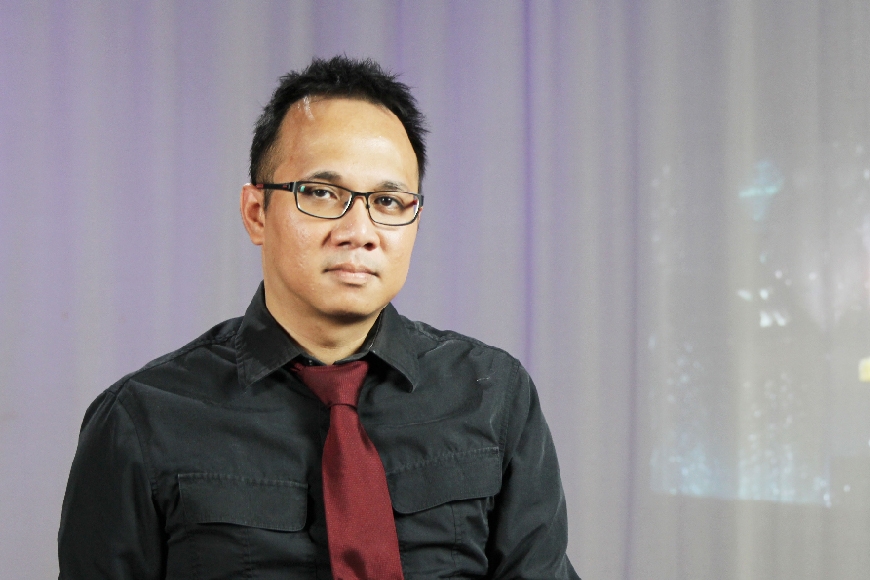Reimagining a Master’s Degree: ALL’s New MA Program
The Department of Asian Languages and Literatures proudly unveils their new master of arts in Asian studies program, which features a one-of-a-kind integrated five-year plan that allows students to earn both a BA and MA.
Bridging the Gap
Director of Graduate Studies and Assistant Professor Baryon Tensor Posadas explains that, until now, there has been a gap between the department’s undergraduate and graduate programs. Its stand-alone PhD program is geared toward preparing students for careers in academia while the new MA program gives students a space for advanced training geared toward professionalism, not just academia. And since many undergraduates in ALL double major, this program provides additional freedom for a focused trajectory of higher education for multiple careers in fields such as law, political science, government, and journalism.
A signature feature of the program is the integrated BA/MA track. Juniors pursuing ALL majors can apply to the program. If accepted, they will begin taking graduate courses during their senior year through an integrated five-year plan, informally called the 4+1 program. The opportunity to earn a master’s degree in only one additional year of schooling makes a world of difference to students who might not otherwise find graduate studies within reach. The benefits include a streamlined admissions process to graduate school and the ability to enter the workforce a year earlier than they would with a traditional MA program. As one of only two 4+1 programs in CLA, Posadas notes the importance of building connections both cross-departmentally and professionally, which was the foundation during the design and structure process.
The program offers students an opportunity to pursue interdisciplinary training in the regions of Asia and the Middle East. Additionally, students pursue language concentrations in line with the PhD program: Arabic, Chinese, Hindi, Japanese, Korean and Urdu. Southeast Asian studies will be added in 2021.
Opening the Conversation
Consequently, Posadas looks forward to expanding the graduate program beyond the current class size of just 15 PhD students. “I think it’s part of really building a stronger community within ALL,” he says. Since students working toward their PhD are often deeply entrenched in a specific area of Asian studies, it can be it difficult for them to connect with others outside of that niche. Posadas believes that increasing student enrollment in the MA programs will create a more sustainable social community among the graduate students and the department as a whole.
Posadas is eager to have a larger pool of students within graduate seminars. He explains, “It changes the dynamic when you have multiple students coming from very different perspectives." He believes that bringing in students from a broader range of Asian studies disciplines will create a more diverse dialogue within the program and looks forward to seeing them make connections across varying specializations. Expanding the number of students in graduate programs was crucial. The department can currently fully fund a few PhD students for five years, which has restricted the number of accepted students in the past. This program allows more students to be admitted and part of the community, allowing ALL to continually grow and be accessible.
It was all worth the proposals and committee sessions the past two years now that the program is fully up and running. Applications will be accepted for Fall 2019 in mid to late spring with a deadline of March 15, 2019. Moving forward, Posadas hopes to accept a cohort of 12 students every year into the program. The new integrated degree program puts UMN on the national map for its innovative approach to Asian and Middle Eastern studies.
This story was written by an undergraduate student in CLA.



